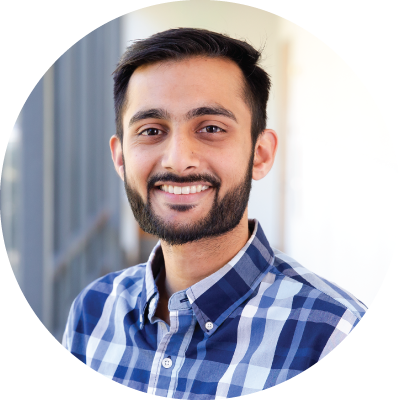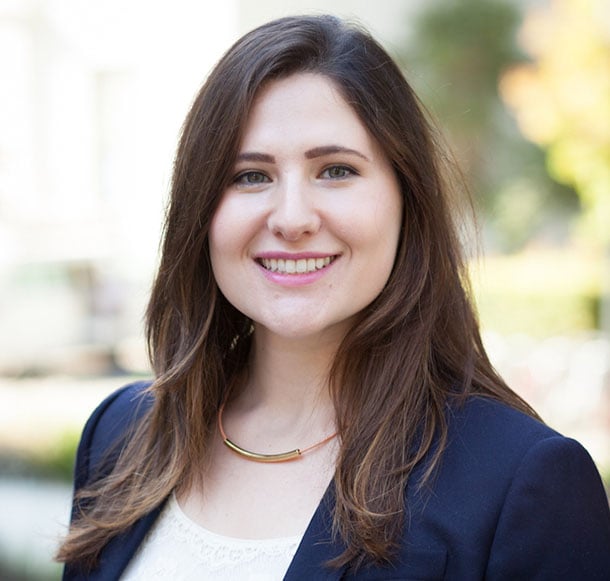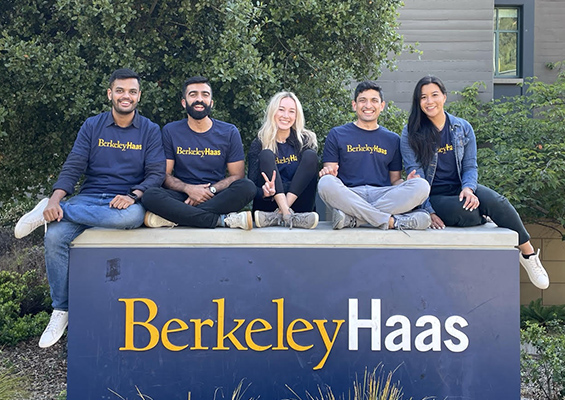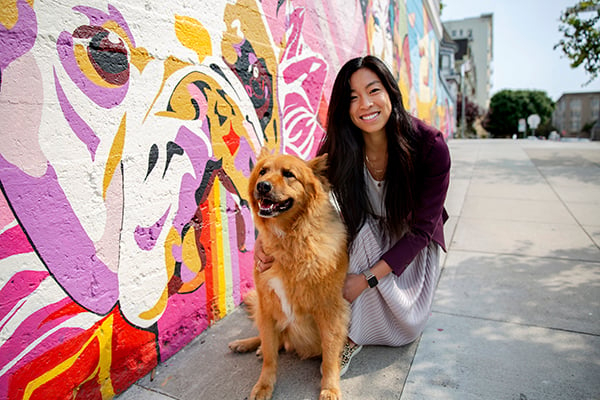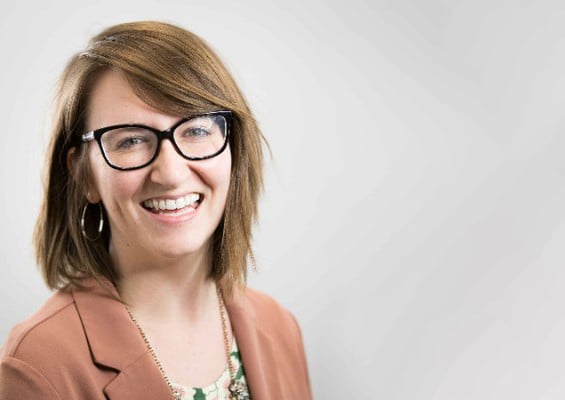With an educational background in anthropology and film, Joanna Shujman, MBA 17, had a passion for people and storytelling. After working in human capital consulting for several years, she came back for an MBA at Berkeley Haas, where she learned how to translate her storytelling skills into a career in market research. Joanna told us how empathy and people-based leadership have given her an edge in a career based on numbers and trends.
You have quite an interesting title at Uber: Senior Marketing Insights Manager – Safety. How would you describe your job? What do you love about it?
I do market research to understand how people experience safety, in order to help Uber develop new innovative products and continue raising the bar on safety. I thought safety would be a rich emotional field to play in. That’s where I get a lot of my energy—digging into people’s emotions and understanding how they experience things that are very intimate. I came to this job from the food industry. Like food, safety is extremely personal.
I love working with all types of data in a way that uses both my left and right brain. Some of the data is quantitative: Finding trends in the data, looking for patterns in the numbers to identify areas of opportunity. For example, are people in a certain geography feeling less safe than in another geography? The other side is qualitative data: Talking one-on-one with a female driver, for example, to understand the vulnerability she feels when working alone late at night. Qualitative data provides a more nuanced understanding of the patterns you see in the numbers.
Your educational background in anthropology and film bridges your two passions: people and storytelling. How did that intersection translate to a career in marketing?
My whole life, I’ve had two big passions: Understanding people and how they relate to the world, and trying to relate to people through story. In college, I saw film as a way to study culture. My film courses helped me understand other areas of the world—cultures I had no familiarity with—through the power of visual storytelling. It helped me think about storytelling in different ways.
Early in my career, I experimented with different ways of applying my passions. First I went into human capital consulting, which I thought would be a great way to focus on people. It gave me a foundational experience in business, but I was craving a more direct link to creativity and storytelling. Then I did a sabbatical in the film industry, but I didn’t have the right functional fit. I thought: There must be a way to combine these things in a way that’s not obvious.
In the full-time MBA program at Haas I discovered the nuances of marketing. In consulting I felt too far removed from the consumer. In market research, you get to be the voice of the consumer and tell their story—who they are, what they care about, and what they need and want from you as a company. And you get to create the story of who you are as a brand. I loved the opportunity to be focused on people and stories.
How did you tailor your MBA curriculum to be specifically relevant for your industry?
Before Haas, I had never taken a single business class, so I didn’t opt out of anything. My first year, I focused on core business classes. It was great to get some exposure to things I previously had no frame of reference for, like finance, accounting, and microeconomics. It also reaffirmed my instinct that marketing was a functional fit for me. So I started taking more marketing classes—Strategic Brand Management, Marketing Analytics, and Marketing Research—and I also did an internship in Market Research. I also chose classes that focused on leadership, coaching, and relating to people. I loved Jennifer Chatman’s leadership class and Cort Worthington’s coaching conversations class. I’ve used the lessons from those leadership classes constantly—they’re part of my DNA now.
What’s your leadership style? How has that evolved throughout your career and studies?
I’m a very people-focused leader. I prioritize relationships and the well-being of others. In terms of getting things done and influencing people, I tend to do that through relationship-building and coalition-building. I think I always over-indexed on that. But it wasn’t until Haas that I had the words for that as a strength. Starting in consulting, I always knew relationship-building was important in a general sense. But at Haas I learned more about the nuances of this approach and its value as a strength.
How has my leadership style evolved? I’ve learned to recognize times when I need to intentionally turn on other styles. I’m better at assessing my whole toolbox and knowing when I need to choose a different tool. Gaining consensus and diplomacy sometimes isn’t the right tool to use when you just need to get a decision made. So I’m getting better at spotting the times when I need to dial down my priority for relationships, too.
How did you get connected with Uber?
That’s a Haas story! I was back on campus attending the Haas Marketing Summit, where the president of Annie’s—where I was working at the time—was speaking. There was a panel about marketing careers in tech, and I heard alum Nick Silver, MBA 11, speak about his role as Product Marketing Manager on the Uber Safety Team. He spoke about safety marketing and said that empathizing with people in vulnerable positions was part of the job. That sounded SO interesting. I approached him after the panel to ask him a question. He said, “Hey, we’re hiring a market researcher. Are you interested?” I was not looking for a new job at all. Before I knew it, I was in the interview process. Four weeks later I had a job in hand.
What did you learn in your MBA that’s proving useful now at Uber?
Foundational business knowledge—how a business operates and what strategy looks like—is something I use every day. I need to know how the data I’m seeing ladders up to bigger decisions, so I can recommend the right actions. Then there are job-specific technical skills like how to write a survey, how to spot leading questions, how to write a research plan. I didn’t know anything about statistics before Haas. I had never even seen a normal distribution! Now I deal with statistics every day. In a broader sense, I learned a level of confidence at Haas that I did not have before. Confidence that, when I see something I don’t know how to do, I have the ability to figure it out.
